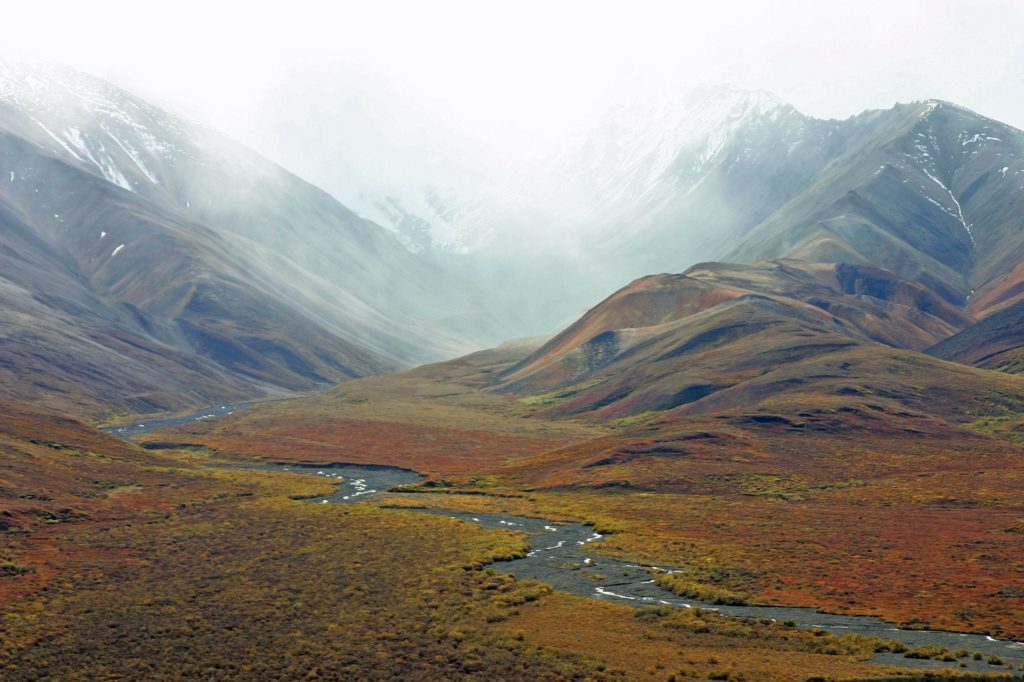How to start homesteading in Alaska

When you think of the Last Frontier, farming and homesteading may not be the first thing that comes to mind. Instead, you might think of gold rushes, dogsledding and wild rivers teeming with salmon. You’d be right, but Alaska also has thriving farms, most of which are in a cluster northeast of Anchorage.
Greenhouse and nursery crops are the fastest growing segments of Alaska’s agriculture scene. Other traditional crops include hay, potatoes and dairy cattle. Alaskas’ farmers also raise reindeer, bison and yak The state has a solid reputation for seafood and harvests more than 60 percent of the country’s commercial seafood.
If this sounds like the kind of place for your small farm or homestead, here’s what you need to know about how to start homesteading in Alaska.
How to buy farmland in Alaska
According to the United States Department of Agriculture, Alaska had 849,753 acres of farmland and 990 farms in 2017. The average size of a farm in Alaska, according to the USDA, is 858 acres, but many of those 990 farms are quite small. The median farm size in the state just 13 acres.
In 2017, the average price for farm real estate in Alaska was $718 an acre, including land and buildings, far below the national average of $3,080 an acre.
Growing crops in Alaska
The average annual growing season in Alaska is 105 days. While that is a short growing season, it’s important to remember that during most of it’s daylight for more than 20 hours. The state is in the USDA plant hardiness zones 1 through 8. Cool season vegetables do very well in Alaska including cauliflower, cabbage, turnips, broccoli, kohlrabi and Brussels sprouts. The University of Alaska Fairbanks Cooperative Extension recommends starting these plants indoors in April or May and transplanting them outside in June. Carrots, radishes, beets and lettuce can be planted directly outdoors in June and grow well.
Raising animals in Alaska
Alaska is not a free range state, so all livestock must be enclosed within a pasture and have adequate shelter within those enclosures. Livestock owners must fence in or restrain their animals on their own land. Failure to fence in or restrain animals can lead to owner liability for the damages caused by wandering animals.
The Alaska Department of Fish and Game strictly enforces state laws aimed at keeping livestock away from native species and out of important ecosystems. This is done to protect the wide variety of animals, birds, fish and plants native to the state from predation, interference or disease from domestic animals.
How to start selling food in Alaska
You can sell non-processed fruits and vegetables grown on your farm directly from your farm or at farmers markets, roadside stands or restaurants without a permit or license. A Food Processing Permit from the Alaska Department of Environmental Conservation is required if you want to sell processed foods like shucked peas, sliced tomatoes, peeled carrots, shredded lettuce or broccoli florets. Permits are also required to sell some home-prepared foods. The Alaska Division of Environmental Health Food Safety and Sanitation Program has information online regarding what prepared foods require specific permits and licenses.

Alaska organization for farmers
- Alaska Farm and Food
- Alaska Department of Natural Resources Division of Agriculture
- Alaska Farmers Union
- Reindeer herders association
- Alaska Farmers Market Association
- University of Alaska Cooperative Extension Service
How difficult is it to start farming in Alaska
Alaska is a land of superlatives. It’s the largest state by landmass in the United States and thanks to all that summer sun, certain crops grow to near record size. Local farmers have reported a 19-pound carrot, a 76-pound rutabaga, a 65-pound cantaloupe, a 35-pound head of broccoli and a 127-pound cabbage. Not only does the abundance of summer sun allow for massive vegetables, it also means the crops tend to be sweeter.
Those long summer days do mean a flipside of months of little to no daylight in the winter in addition to extreme cold weather and snow. But if farming in a land far to the north in the Last Frontier sounds like something you’d like to explore, you might want to consider all that Alaska has to offer.
